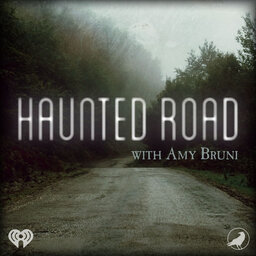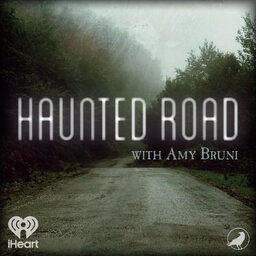S2 – 10: I Wanted a Name, Not a Number
Hawaii's Plantation Village is a testament to the influence of the hundreds of thousands of immigrants who made their way to Hawaii when sugarcane was the states primary agricultural asset. But, this outdoor museum with historical artifacts and over 25 buildings has been plagued with paranormal reports for years. From the ghost of a child looking for her Mother, to a ghost known for choking employees, theres a lot of fact AND fiction to sort through.
Special Guest: Noa Laporga
Visit www.strange-escapes.com if you'd like to vacation at haunted locations around the world, and catch season 6 of Kindred Spirits airing on Travel Channel or streaming on Discovery+
Learn more about your ad-choices at https://www.iheartpodcastnetwork.com
 Haunted Road
Haunted Road


